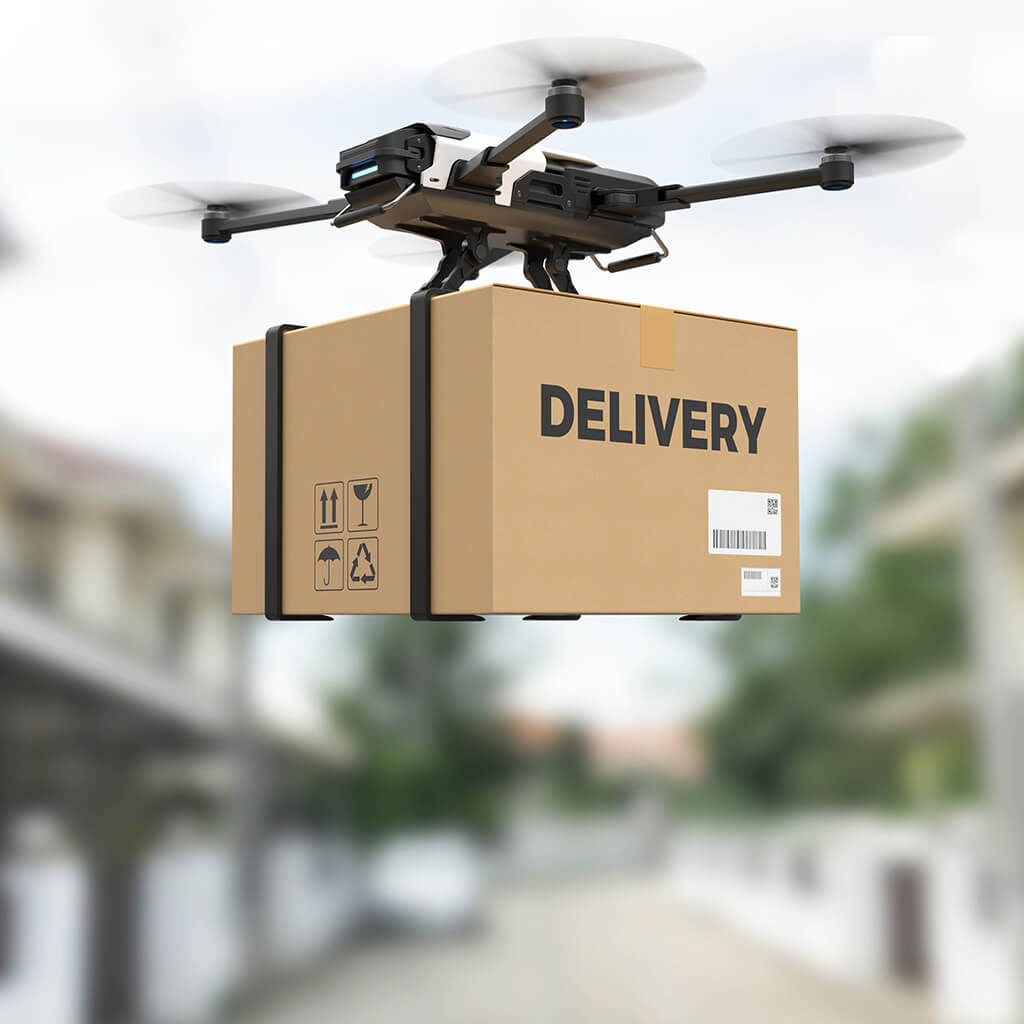Drones are transforming the way we live and work in the 21st century. Companies like Amazon and UPS are testing drone delivery systems that could revolutionize how we receive goods. Drones are also assisting with disaster relief efforts, delivering medical supplies and assessing damage in the wake of catastrophic events.
Drones, also known as unmanned aerial vehicles (UAVs), were once primarily used by the military. Now, drones are being adapted for commercial and humanitarian uses. Companies are piloting drone delivery programs that could make receiving online orders nearly instantaneous. Drones are also helping with search and rescue missions, delivering life preservers and emergency equipment to people in distress.
Following disasters like hurricanes and earthquakes, drones can reach areas that are difficult for emergency responders to access. Drones have delivered food, water, and medical supplies to disaster victims in the Caribbean and Nepal. Drones are also used to survey damage and locate survivors. Their aerial footage helps emergency managers coordinate an effective response.
While drone technology offers many promising applications, it also introduces concerns about privacy and security. Strict regulations on drone use are still being developed. There are also challenges surrounding the safe integration of drones into airspace shared with commercial aircraft. However, many companies and organizations are working closely with regulatory agencies to ensure that drones are used responsibly.
If drone delivery and disaster relief efforts prove successful, drones may eventually become a common sight, at least at lower altitudes. They could come to represent lifesaving measures in times of crisis. Though drones raise some concerns, with proper safeguards and oversight, they have the potential to save time, resources, and lives. Overall, drones are a versatile technology, and as costs decrease and AI improves, they are likely to open up more possibilities that we can only imagine today.
